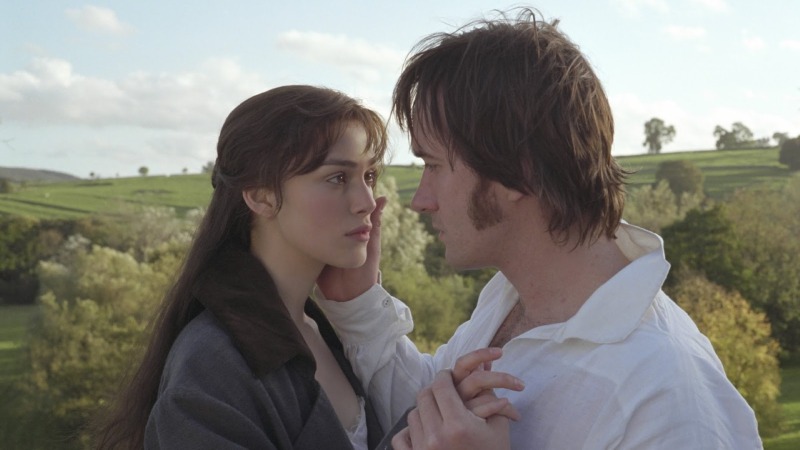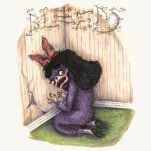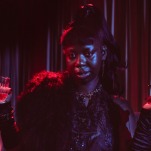Joe Wright’s Pride & Prejudice Turns 20, and its Swoon Remains Mighty

This September, director Joe Wright (Atonement) and screenwriter Deborah Moggach’s feature adaptation of Jane Austin’s Pride & Prejudice turns 20 years old. And yes, everyone who has repeat-watched it at least once a year since then will no doubt be aghast that so much time has passed since Kiera Knightley’s Elizabeth Bennet and Matthew MacFadyen’s Mr. Darcy bewitched us, body and soul.
Only the second studio film adaptation of Austen’s Pride & Prejudice (the first was in 1940), Wright had a hit on his hands right from its limited opening weekend. It then went on to transcend the modest art house theater circuit and widened into mainstream success, earning $38 million domestically.
In the subsequent two decades of home video, cable and now streaming viewing, Wright’s Pride & Prejudice has been adopted by legions as a go-to comfort watch for those who love Austen, costume dramas, enemies-to-lovers dynamics and/or swoon-worthy moments of yearning, of which there are many. Now, Focus Features is capitalizing on the ever-evolving fandom for the film by putting it back in theaters for a week starting April 18. They’ve also created 20th anniversary merch and are even going so far as to host an in-person anniversary ball (period attire encouraged) at the famed The Langham Huntington, Pasadena in May.
What is it about this Austen adaptation that endures with audiences two decades later? For context, it’s important to note that there have always been plenty of detractors of Wright’s film. At release, Premiere Magazine’s reviewer called it a “tonal mishmash,” while L.A. Weekly knocked Knightley for being an unsatisfying Lizzie. Book purists never accepted many of the cuts made by Moggach to Austen’s prose, which serve to whittle the story down to a brisk, 127-minute watch.
And then there’s the fervent advocates of the BBC’s 1995 miniseries of Pride and Prejudice starring Jennifer Ehle as Elizabeth and Colin Firth as Darcy. If there’s a proverbial line in the sand regarding the definitive edition, the miniseries faithful have loudly asserted that nothing tops it for authenticity to the text, production design, and its cast–especially Firth, who is accepted by plenty of Austen aficionados (see the Bridget Jones films, and a cameo in Gerwig’s Barbie) as the Darcy for the ages.
As a fan of both, the miniseries-loving contingent absolutely wins the argument when it comes to fidelity to Austen’s narrative. Composed of six episodes and clocking in at 327 minutes from start to finish, nothing from the book is lost to the edit. Yes, Firth is a legend and Ehle is an almost angelic version of Lizzie. But the unerring love for Wright’s film with Gen Xers and millennials has proven there is a place for both versions in the hearts of P&P lovers.
-

-

-

-

-

-

-

-

-

-

-

-

-

-

-

-

-

-

-

-

-

-

-

-

-

-

-

-

-

-

-

-

-

-

-

-

-

-

-

-








































